Choosing the right web development framework can feel like navigating a maze. You’re a web developer who knows that your chosen tools can make or break your project. You may be feeling overwhelmed by the sheer number of options available. You might be uncertain about which framework will offer the best performance, support, and ease of use for your specific needs.
With years of experience in web development, we’ve seen frameworks come and go. We’ve witnessed firsthand how the right framework can streamline development, improve performance, and simplify maintenance. On the flip side, we’ve also experienced the headaches of working with tools that weren’t the best fit. My goal is to help you avoid those pitfalls.
In this article, you will learn about the best web development frameworks. We’ll dive into the pros and cons of each, compare their performance, and explore which ones are best suited for different types of projects. By the end, you’ll have a clear understanding of which framework will help you build successful, robust web applications this year.
Table of contents

Criteria for Choosing a Web Development Framework
Selecting the right web development framework requires careful consideration of several key factors. Here’s what you need to keep in mind when making your choice:
Performance:
How fast and responsive is the framework? Performance is critical for user experience and search engine rankings. A framework that optimises load times and handles large volumes of data efficiently can significantly impact your project’s success.
Scalability:
Can the framework handle the growth of your application? As your user base expands and your project grows, the framework should be able to scale without major overhauls or performance hits.
Community Support:
How strong is the community behind the framework? A robust community means better documentation, more tutorials, plugins, and a wider pool of developers who can offer support and share their expertise.
Ease of Use:
Is the framework beginner-friendly, or does it have a steep learning curve? Ease of use is essential, especially if you’re new to web development or if you need to onboard new team members quickly.
Flexibility:
Does the framework offer flexibility in terms of customisation and integration with other tools? A flexible framework allows you to tailor your development process to fit your specific needs and preferences.
Security:
How secure is the framework? Security features are non-negotiable. The framework should provide built-in security measures and be regularly updated to address new vulnerabilities.
Maintenance and Updates:
How frequently is the framework updated? Regular updates ensure that the framework stays current with the latest technologies and security practices.
Cost:
Are there any costs associated with using the framework? While many frameworks are open-source, some may have associated costs for certain features or enterprise support.
By evaluating frameworks against these criteria, you can ensure that you choose one that aligns with your project requirements and long-term goals.
Top Web Development Frameworks
1. React
Overview: React, maintained by Facebook, remains one of the most popular JavaScript libraries for building user interfaces. It excels in creating interactive and dynamic web applications.
Pros:
- Component-Based Architecture: Encourages reusable components, which streamline development and maintenance.
- Virtual DOM: Improves performance by minimising direct manipulation of the DOM.
- Strong Community and Ecosystem: Extensive resources, libraries, and tools available.
- Backward Compatibility: Updates are typically backward-compatible, ensuring long-term stability.
Cons:
- Steep Learning Curve: Requires a solid understanding of JavaScript and concepts like JSX and component lifecycle.
- Boilerplate Code: Often necessitates writing a significant amount of boilerplate code.
Use Cases:
- Ideal for building single-page applications (SPAs) and complex user interfaces.
- Widely used in e-commerce sites, social media platforms, and dashboards.
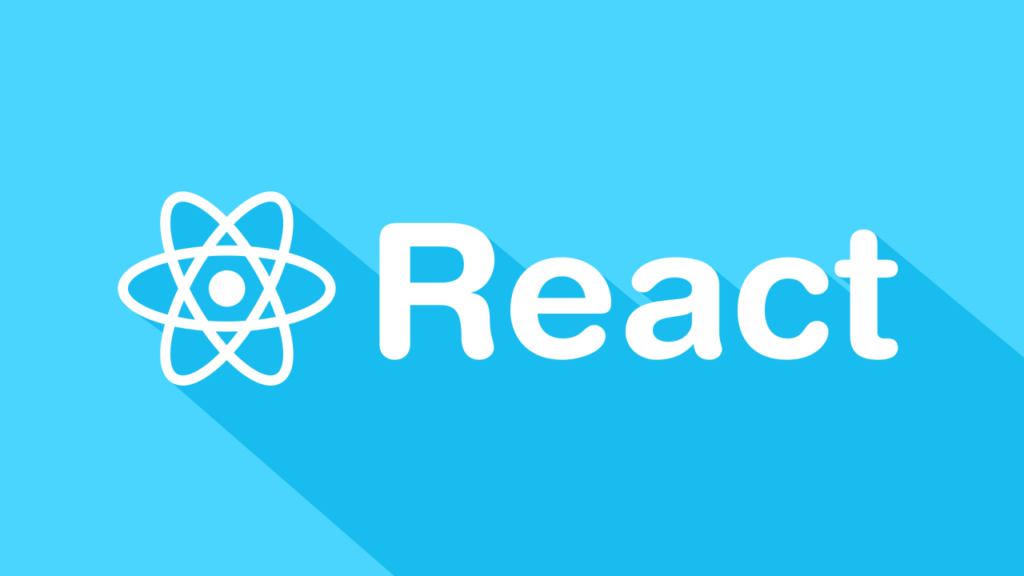
2. Angular
Overview: Angular, developed by Google, is a full-fledged framework for building dynamic web applications. It offers a comprehensive solution with built-in tools and features.
Pros:
- Comprehensive Framework: Includes everything you need for large-scale applications, from routing to state management.
- Two-Way Data Binding: Simplifies the process of synchronising data between the model and the view.
- TypeScript Support: Enhances code quality and maintainability.
- Strong Community and Enterprise Support: Extensive documentation and corporate backing from Google.
Cons
- Steep Learning Curve: Complex concepts and a broad API can be challenging for beginners.
- Performance Overhead: Can be less performant for smaller applications compared to lighter libraries like React.
Use Cases:
- Suited for large-scale enterprise applications with complex requirements.
- Commonly used in financial services, healthcare applications, and large-scale CMS projects.
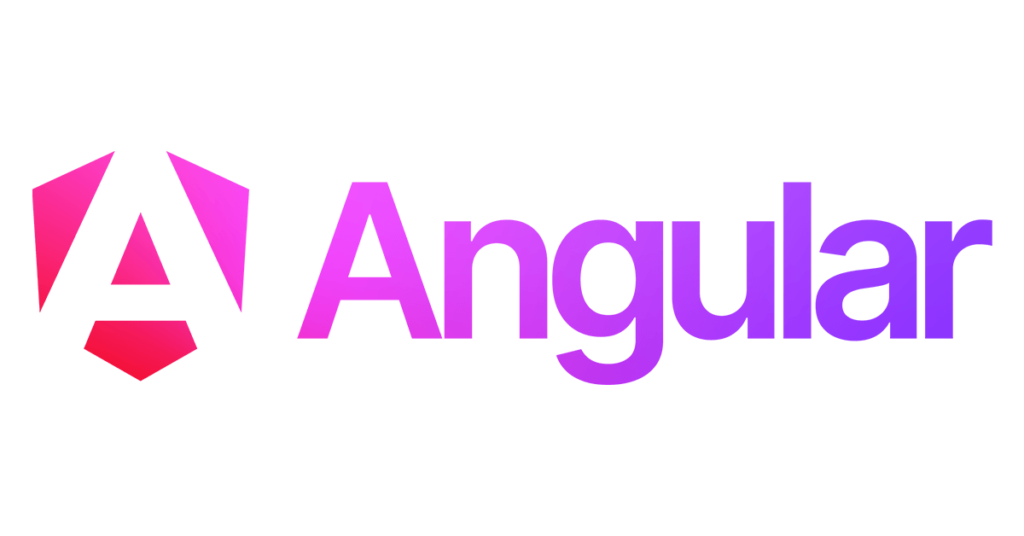
3. Vue.js
Overview: Vue.js is a progressive JavaScript framework that is gaining popularity for its simplicity and flexibility. It is designed to be incrementally adoptable, meaning you can use as much or as little of it as you need.
Pros:
- Ease of Learning: Simple syntax and excellent documentation make it accessible for beginners.
- Reactive Data Binding: Efficiently manages UI updates with reactive data binding.
- Flexibility: Can be used for both single-page applications and as a library to enhance existing projects.
- Strong Community: Growing community with a wealth of plugins and tools.
Cons:
- Smaller Ecosystem: Compared to React and Angular, Vue has a smaller ecosystem and fewer third-party libraries.
- Enterprise Adoption: Lower adoption rate among large enterprises, though this is changing.
Use Cases:
- Ideal for small to medium-sized projects and progressive web applications.
- Often used in startups, prototyping, and projects with quick turnaround times.
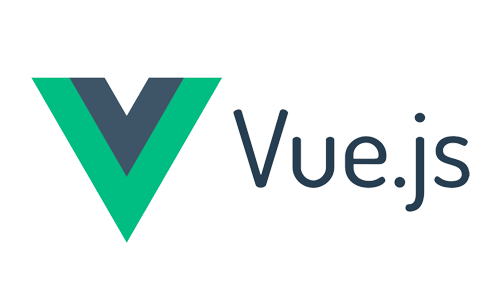
4. Svelte
Overview: Svelte is a relatively new framework that compiles your code to highly efficient, imperative code that directly manipulates the DOM. This approach results in faster runtime performance and smaller bundle sizes.
Pros:
- Performance: Compiles to highly optimised vanilla JavaScript, leading to excellent performance.
- Simplicity: Minimal boilerplate and straightforward syntax.
- Reactive Programming: Built-in reactivity simplifies state management.
Cons:
- Smaller Community: Newer framework with a smaller community and fewer resources compared to React or Angular.
- Ecosystem: Limited number of plugins and tools.
Use Cases:
- Perfect for performance-critical applications and projects where simplicity and speed are paramount.
Suitable for startups, personal projects, and cases where bundle size is a concern.
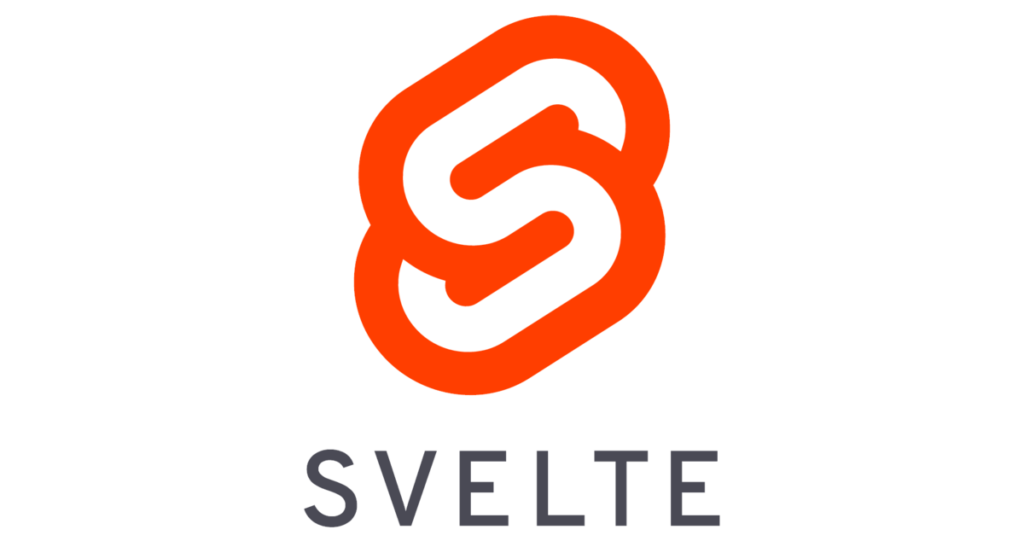
5. Next.js
Overview: Next.js is a React framework that enables server-side rendering and static site generation. It is designed to optimise the performance of React applications.
Pros:
- Performance Optimisation: Server-side rendering and static site generation improve load times and SEO.
- File-Based Routing: Simplifies navigation within the application.
- API Routes: Allows building full-stack applications with API routes.
Cons:
- Complexity: Adds complexity on top of React, which might be overkill for simple projects.
- Server-Side Logic: Requires understanding of server-side logic, which can be a hurdle for front-end developers.
Use Cases:
- Excellent for static sites, blogs, e-commerce platforms, and applications where SEO is critical.
- Suitable for content-heavy sites and projects requiring both client and server-side functionality.
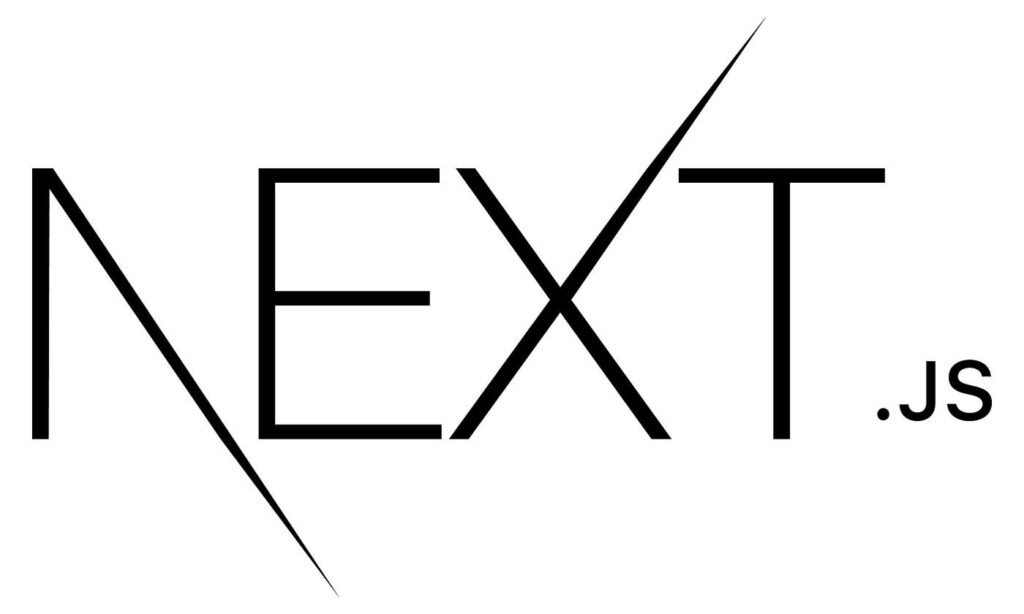
Comparison of Frameworks
To help you choose the best framework for your project, let’s compare these frameworks based on several key factors:
| Criteria | React | Angular | Vue.js | Svelte | Next.js |
| Performance | High, thanks to Virtual DOM | Moderate, can be heavy | High, efficient reactivity | Very High, compiled output | Very High, server-side rendering |
| Learning Curve | Steep for beginners | Steep, complex API | Gentle, easy to learn | Gentle, simple syntax | Moderate, adds complexity to React |
| Community Support | Very strong | Strong | Growing rapidly | Smaller but growing | Strong, React-based |
| Scalability | High | Very high | Moderate to high | High for smaller projects | High, especially for content-heavy sites |
| Ease of Use | Moderate, requires JSX | Complex but comprehensive | Easy, straightforward | Easy, minimal boilerplate | Moderate, requires server-side knowledge |
| Flexibility | High, vast ecosystem | Moderate, opinionated | High, adaptable | High, flexible | High, supports various rendering methods |
| Security | Good, with proper handling | Excellent, built-in features | Good, with proper handling | Good, relies on developer | Excellent, server-side security options |
| Maintenance and Updates | Regular, backward-compatible | Regular, major releases | Regular, community-driven | Regular, community-driven | Regular, supported by Vercel |
| Cost | Mostly free, open-source | Free, open-source | Free, open-source | Free, open-source | Free, with premium features |
Key Takeaways:
React
Best for projects needing component-based architecture and extensive community support. Ideal for single-page applications and complex UIs.
Angular
Suitable for large-scale enterprise applications with comprehensive requirements. Great for projects needing strong built-in tools and two-way data binding.
Vue.js
Perfect for small to medium-sized projects, startups, and quick prototypes. Known for its ease of use and flexibility.
Svelte
Ideal for performance-critical applications with a focus on simplicity and minimal boilerplate. Excellent for startups and personal projects.
Next.js
Best for static sites, blogs, and content-heavy applications where SEO is important. Suitable for projects requiring both client and server-side functionality.
New and Emerging Frameworks
While established frameworks like React, Angular, and Vue.js continue to dominate, new and emerging frameworks are gaining attention for their innovative approaches and unique features. Here are a few to watch in 2024:
1. Qwik
Overview: Qwik is a new framework that focuses on ultra-fast page loads and interactivity. It achieves this by optimising for lazy-loading and using resumable JavaScript.
Pros:
- Ultra-Fast Performance: Designed to optimise initial load times and interactivity.
- Resumable JavaScript: Only loads the necessary JavaScript when required, reducing overhead.
- Simplified Hydration: Makes it easier to manage state and UI updates.
Cons:
- Smaller Community: As a newer framework, it has a smaller user base and fewer resources.
- Learning Curve: Requires understanding of its unique approach to lazy-loading and state management.
Use Cases:
- Ideal for performance-critical web applications where initial load times are paramount.
- Suitable for projects with a focus on user experience and speed.
2. SolidJS
Overview: SolidJS is a reactive framework that provides fine-grained reactivity with a focus on performance and simplicity.
Pros:
- Fine-Grained Reactivity: Highly efficient updates with minimal re-renders.
- High Performance: Compiles to optimised JavaScript for fast execution.
- Simple API: Easy to learn and use, with a syntax similar to React.
Cons:
- Smaller Ecosystem: Fewer libraries and plugins compared to more established frameworks.
- Community Size: Smaller community, which may impact the availability of resources and support.
Use Cases:
- Excellent for high-performance applications requiring efficient state management.
- Suitable for developers looking for a React-like experience with enhanced performance.
3. Astro
Overview: Astro is a modern framework for building fast, content-focused websites. It uses a component-based architecture and focuses on optimising static site generation.
Pros:
- Optimised for Static Sites: Generates static HTML by default, reducing runtime overhead.
- Component-Based: Supports components from popular frameworks like React, Vue, and Svelte.
- Performance: Delivers highly optimised pages with minimal JavaScript.
Cons:
- New Framework: As a newer entrant, it has a smaller community and ecosystem.
- Limited Use Cases: Best suited for static sites and content-heavy applications, rather than dynamic web apps.
Use Cases:
- Perfect for blogs, documentation sites, and marketing websites.
- Ideal for developers looking to create fast, SEO-friendly static sites with modern tooling.
4. Fresh
Overview: Fresh is a Deno-based framework for building web applications with zero runtime overhead, focusing on server-side rendering and edge computing.
Pros:
- Zero Runtime Overhead: No client-side JavaScript needed, improving performance.
- Server-Side Rendering: Ensures fast load times and better SEO.
- Deno Integration: Benefits from Deno’s security and performance features.
Cons:
- New and Niche: Smaller community and fewer resources compared to mainstream frameworks.
- Learning Curve: Requires familiarity with Deno and its ecosystem.
Use Cases:
- Ideal for server-rendered applications and projects leveraging edge computing.
- Suitable for developers interested in exploring Deno and its capabilities.
Recommendations Based on Project Type
Choosing the right framework often depends on the specific needs and goals of your project. Here are tailored recommendations for different types of projects:
1. Single-Page Applications (SPAs)
Recommended Frameworks:
- React: Its component-based architecture and vast ecosystem make it ideal for SPAs. The Virtual DOM ensures efficient updates and dynamic user interfaces.
- Vue.js: Offers a gentle learning curve and flexibility, making it a strong choice for SPAs. Its reactive data binding provides a smooth user experience.
Why These Frameworks?
- Both React and Vue.js allow for creating highly interactive and dynamic SPAs with excellent performance and scalability.
2. Enterprise Applications
Recommended Frameworks:
- Angular: Provides a comprehensive framework with built-in tools for routing, state management, and form validation. Its TypeScript support enhances code maintainability.
- React with Next.js: Combines React’s flexibility with Next.js’s server-side rendering capabilities, providing both performance and scalability for large-scale applications.
Why These Frameworks?
- Angular’s all-in-one approach suits complex enterprise-level applications, while React with Next.js offers a balanced mix of client-side interactivity and server-side performance.
3. Content-Heavy Websites
Recommended Frameworks:
- Next.js: Its static site generation and server-side rendering capabilities make it perfect for content-heavy sites, ensuring fast load times and good SEO.
- Astro: Optimised for building static sites, Astro supports components from various frameworks, allowing for flexible content management and high performance.
Why These Frameworks?
- Both Next.js and Astro focus on delivering optimised, fast-loading static content, which is essential for content-heavy websites.
4. Performance-Critical Applications
Recommended Frameworks:
- Svelte: Compiles to highly efficient JavaScript, offering minimal runtime overhead and excellent performance.
- Qwik: Focuses on ultra-fast page loads and interactivity by optimising for lazy-loading and resumable JavaScript.
Why These Frameworks?
- Svelte and Qwik are designed to maximise performance, making them ideal for applications where speed is crucial.
5. E-Commerce Platforms
Recommended Frameworks:
- React with Next.js: Combines React’s dynamic capabilities with Next.js’s server-side rendering to create fast, interactive e-commerce sites.
- Angular: Offers robust tools and features for building large, scalable e-commerce platforms with complex functionalities.
Why These Frameworks?
- Both React with Next.js and Angular provide the performance, scalability, and user interactivity needed for successful e-commerce platforms.
6. Small to Medium-Sized Projects
Recommended Frameworks:
- Vue.js: Its ease of use and flexibility make it perfect for smaller projects and quick prototyping.
- SolidJS: Offers high performance with a simple API, making it suitable for smaller projects requiring efficient state management.
Why These Frameworks?
- Vue.js and SolidJS are both lightweight and easy to learn, allowing for rapid development and iteration on smaller projects.
Moving Forward
Choosing the right web development framework is a pivotal decision that can significantly impact your project’s success. With the ever-evolving landscape of web development, staying updated on the latest frameworks and understanding their strengths and weaknesses is essential.
In 2024, established frameworks like React, Angular, and Vue.js continue to offer robust solutions for various project needs, from single-page applications to large-scale enterprise systems. Meanwhile, emerging frameworks like Svelte, Qwik, SolidJS, Astro, and Fresh bring innovative approaches and performance optimisations that cater to specific niches and requirements.
When deciding on a framework, consider the following steps to ensure you make the best choice for your project:
Assess Your Project Needs:
- Determine the type of application you’re building (e.g., SPA, enterprise app, static site).
- Identify performance requirements, scalability needs, and specific features you’ll need.
Evaluate Framework Strengths and Weaknesses:
- Look at the performance, learning curve, community support, and ecosystem of each framework.
- Consider the security features and maintenance updates provided by the framework.
Consider Long-Term Viability:
- Choose frameworks that are actively maintained and have strong community backing.
- Ensure the framework you select will be relevant and supported in the long run.
Experiment and Prototype:
- Build small prototypes or proof-of-concepts using different frameworks to see which one fits best with your workflow and project requirements.
- Gather feedback from your team and stakeholders to make an informed decision.
By carefully evaluating your options and considering the specific needs of your project, you can select a framework that will help you build efficient, scalable, and maintainable web applications. Stay curious, keep learning, and leverage the strengths of these powerful tools to create amazing web experiences in 2024 and beyond. For more insights, be sure to read these related blogs:




